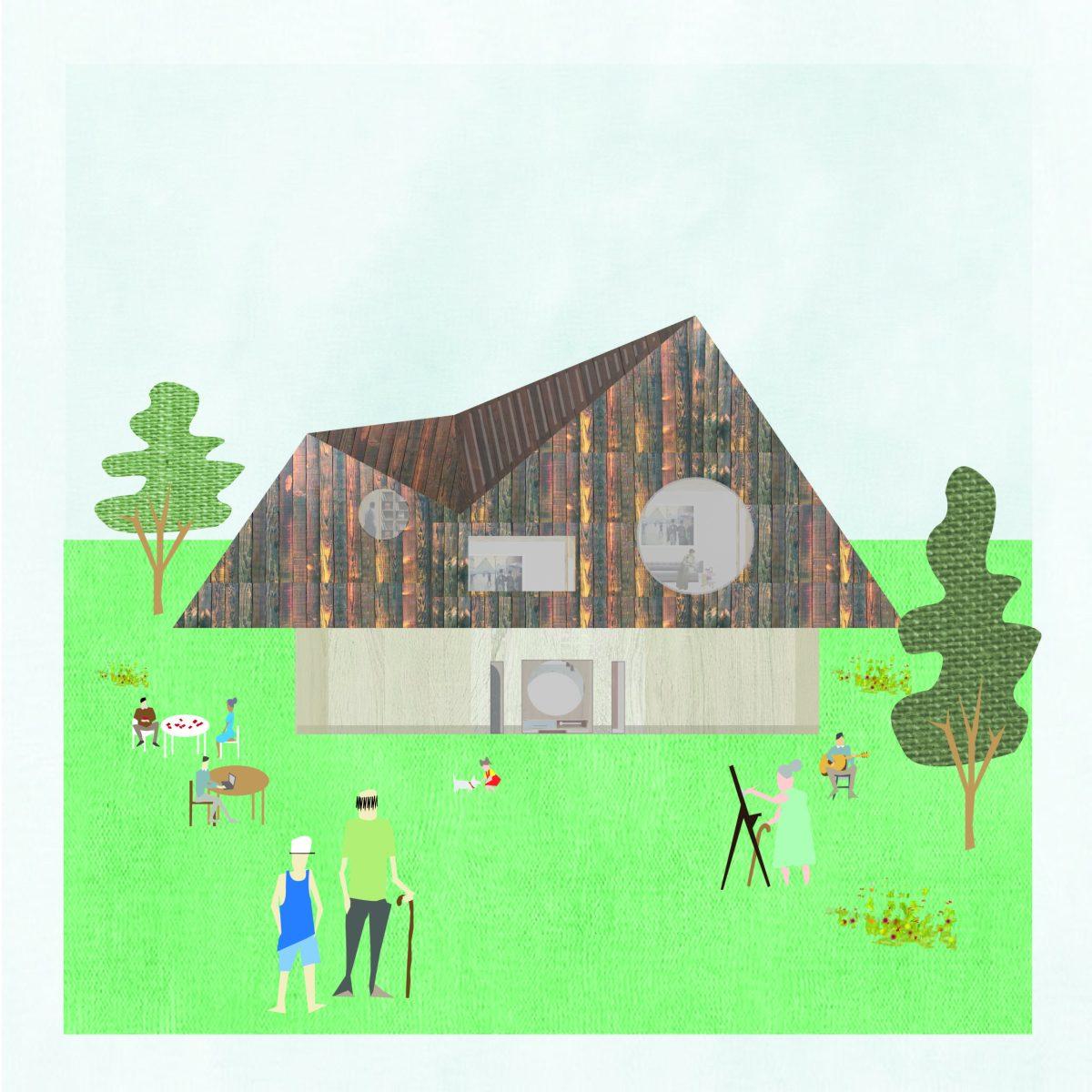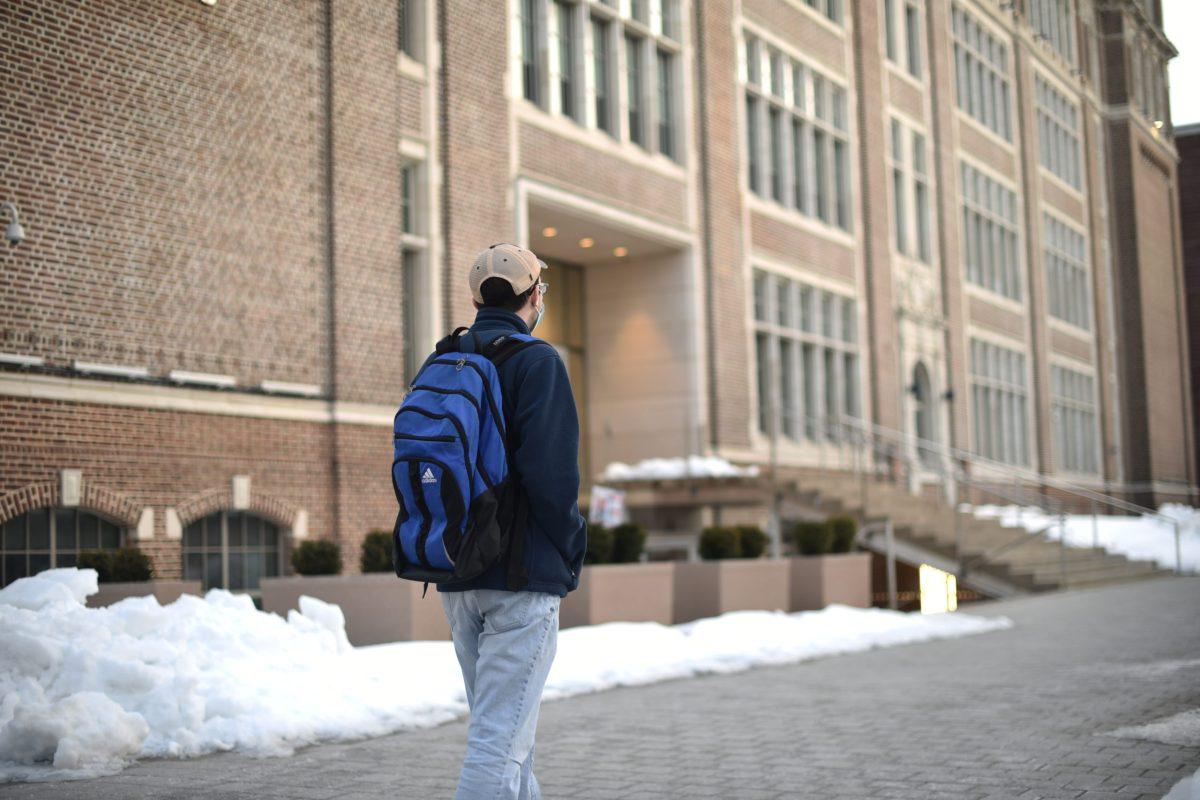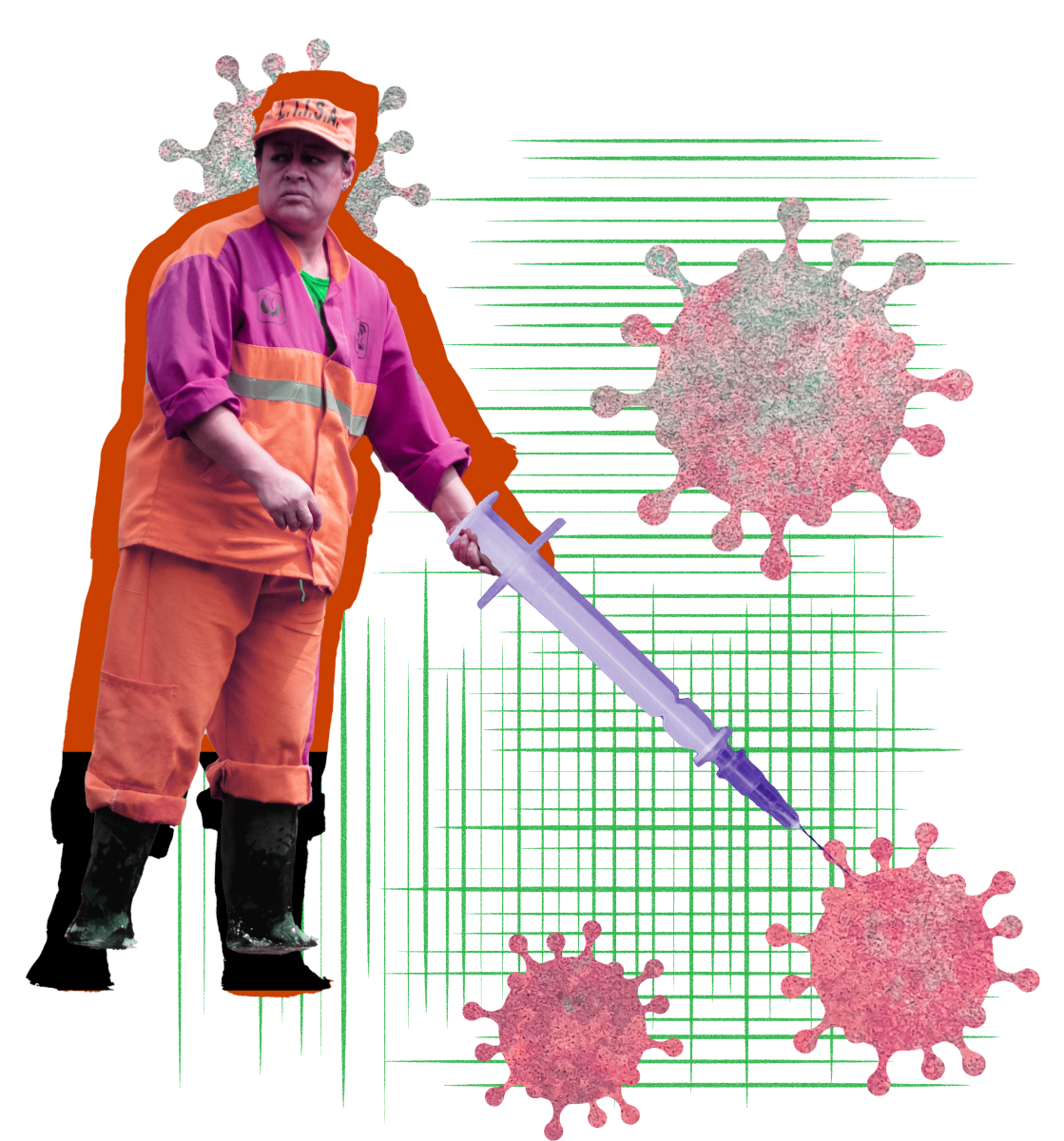Twenty eight industrious NJIT students and six bright civil and environmental engineering students from Fujian University of Technology (FJUT) in China have come together to collaborate in the 2017 Solar Decathlon China competition hosted by the U.S. Department of Energy.
Meet DOTTIE: a 2000 square foot, four bedroom and three bathroom, two story, eco-friendly house that is solar paneled. The proposed house design conceptually consists of a central core in which four generations interact and live together.
“DOTTIE stands for Digitally Operated TecTonic Integrated Environment. The name stems from our design,” says Kimberly Gokberk, a fourth year architecture student, is the communications coordinator and the acting project manager for the project. Having joined the project this fall, Gokberk designed and enforces a weekly schedule to ensure that the team is meeting their checkpoints and goals.
Architecture Professor and critic Adam Modesitt is the mentor and oversees the NJIT side of the team. The intention of having four bedrooms and three bathrooms is to support the concept of housing multiple generations of family. “The theme of the house is that four generations are coming together. While the specific story, like iterations in the design process, is ever changing, two generations live in this home, and two of them come and go. The four generations are great grandparents, grandparents, parents and kids.”
Even though Dottie is planned to be built in July of 2017, the design process for NJIT’s competition entry began this fall. As denoted by the prefix “deca,” decathlons are competitions with ten categories. The ten competitions include architecture, market appeal, engineering, communications, innovation, comfort zone, appliances, home life, commuting, and energy performance.
“Because the house will be built in Dezhou, China, it is important to visit the university we are working with to get input and to better understand Chinese culture. We also attended informational sessions on contest protocols,” said fourth year architecture student Tiffany Leung. According to Leung, who also was one of the five students to travel to China this past summer, some students on the team will be taking another trip to China this next January to attend training and protocol sessions, as well as to pay FJUT a visit.
“This competition is very important to China because they have been struggling with pollution and water shortages. These are also some of the aspects that are being graded—is the water and air being filtered and reused? The solutions we provide in the house may be implemented in their industries in other ways, and their usability and marketability are definitely factors that will be considered when our design is judged,” reaffirms Leung.
Along with ensuring that the team scores as many points possible in the various categories, the designers must follow an extensive rule book with many key specific rules. The real life application of the design process in this competition makes it a great learning experience for students. The house should not only be able to stand soundly on its own and demonstrate a high level of sustainability and environmental friendliness, but also the living experience for inhabitants within the home should also be considered as well.
Even though most of the members of the team are architecture students, Leung mainly corresponds with the two interior and two industrial design majors who are also involved with the project. “NJIT’s team is one of the only teams with architecture students this year. This may give us an edge because we are focusing more on design. We live in an age where we can make something great and beautiful, but it can still be everything else that it needs to be. Aesthetic is important for living experience,” says Tiffany.
According to the U.S. Department of Education, each team that successfully builds a solar house at the site and finishes the competition will receive $100,000. The third-place finisher will receive $150,000, the second-place finisher $225,000, and the first-place finisher will receive $300,000.”
“The technology we are using to create this house are also used to design Boeing 747s and Tesla electric cars. They will help deliver higher systems of sustainability and innovation,” says Architecture Professor Adam Modesitt.
A public exhibit displaying the team’s work will take place on November 28th in the gallery on the second floor of Weston Hall, where students, faculty and anyone interested can stop by and see the project and its designs. The event intends to welcome ideas and discussion to raise questions about the meaning of domesticity and how people live together. “By having this event, not only do we want to start a discussion and raise awareness, but we also hope companies and connections will see what we’re doing and the attention we’ve garnered,” says Modesitt.
For students, the most valuable factor about this project, at the end of the day, according to Professor Modesitt, is the practical real world application that will help students as they move on to pursue careers. “This really is an interesting project because there is one foot in academia and one in the professional world. We are running partly like an academic environment and partly like an office environment. If we do well this year, I would consider having NJIT participate in this competition again next year. Students who are interested in participating in this project in the future should stay tuned.”





































